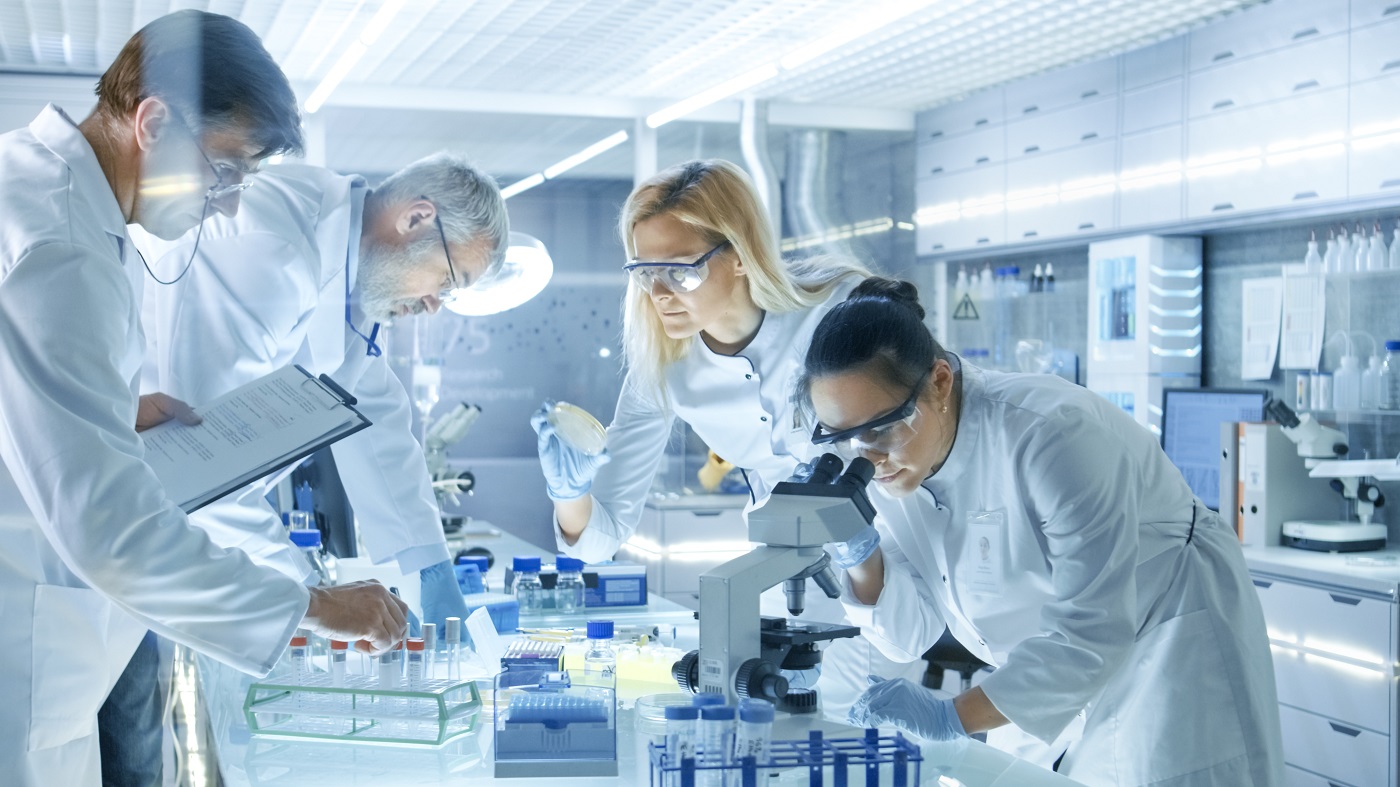Scientific publications
Some recent scientific articles are available on our website, in the original presentation language of the main authors.
Journal of Scleroderma and Related Disorders
29 July 2019
Pathogenic roles of autoantibodies in systemic sclerosis: Current understandings in pathogenesis
Jean-Luc Senécal1,2,3 , Sabrina Hoa2,3, Roger Yang2 and Martial Koenig3,4
1 Scleroderma Research Chair, Université de Montréal, Montreal, QC, Canada
2 Division of Rheumatology, Centre hospitalier de l’Université de Montréal, Montreal, QC, Canada
3 Autoimmunity Research Laboratory, Research Centre of the Centre hospitalier de l’Université de Montréal, Montreal, QC, Canada
4 Division of Internal Medicine, Centre hospitalier de l’Université de Montréal, Montreal, QC, Canada
Abstract
The potential pathogenic role for autoantibodies in systemic sclerosis has captivated researchers for the past 40 years. This review answers the question whether there is yet sufficient knowledge to conclude that certain serum autoantibodies associated with systemic sclerosis contribute to its pathogenesis. Definitions for pathogenic, pathogenetic and functional autoantibodies are formulated, and the need to differentiate these autoantibodies from natural autoantibodies is emphasized. In addition, seven criteria for the identification of pathogenic autoantibodies are proposed. Experimental evidence is reviewed relevant to the classic systemic sclerosis antinuclear autoantibodies, anti-topoisomerase I and anticentromere, and to functional autoantibodies to endothelin 1 type A receptor, angiotensin II type 1 receptor, muscarinic receptor 3, platelet-derived growth factor receptor, chemokine receptors CXCR3 and CXCR4, estrogen receptor α, and CD22. Pathogenic evidence is also reviewed for anti-matrix metalloproteinases 1 and 3, anti-fibrillin 1, anti-IFI16, anti-eIF2B, anti-ICAM-1, and anti-RuvBL1/RuvBL2 autoantibodies. For each autoantibody, objective evidence for a pathogenic role is scored qualitatively according to the seven pathogenicity criteria. It is concluded that anti-topoisomerase I is the single autoantibody specificity with the most evidence in favor of a pathogenic role in systemic sclerosis, followed by anticentromere. However, these autoantibodies have not been demonstrated yet to fulfill completely the seven proposed criteria for pathogenicity. Their contributory roles to the pathogenesis of systemic sclerosis remain possible but not yet conclusively demonstrated. With respect to functional autoantibodies and other autoantibodies, only a few criteria for pathogenicity are fulfilled. Their common presence in healthy and disease controls suggests that major subsets of these immunoglobulins are natural autoantibodies. While some of these autoantibodies may be pathogenetic in systemic sclerosis, establishing that they are truly pathogenic is a work in progress. Experimental data are difficult to interpret because high serum autoantibody levels may be due to polyclonal B-cell activation. Other limitations in experimental design are the use of total serum immunoglobulin G rather than affinity-purified autoantibodies, the confounding effect of other systemic sclerosis autoantibodies present in total immunoglobulin G and the lack of longitudinal studies to determine if autoantibody titers fluctuate with systemic sclerosis activity and severity. These intriguing new specificities expand the spectrum of autoantibodies observed in systemic sclerosis. Continuing elucidation of their potential mechanistic roles raises hope of a better understanding of systemic sclerosis pathogenesis leading to improved therapies. Read more…
